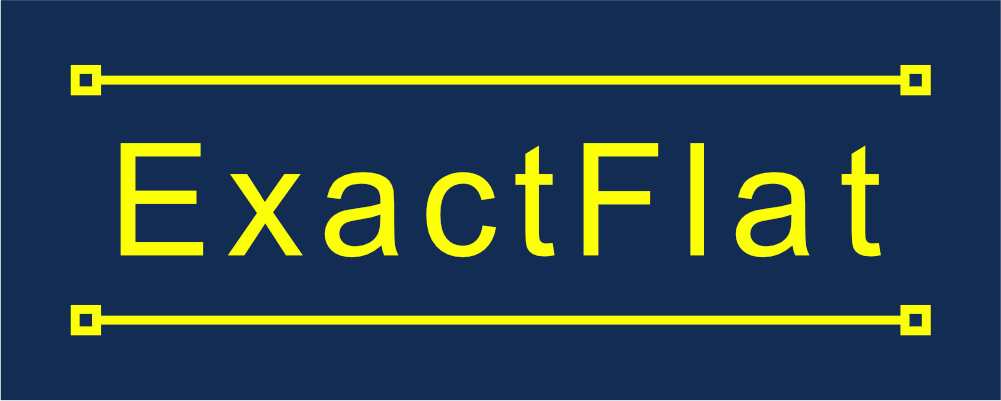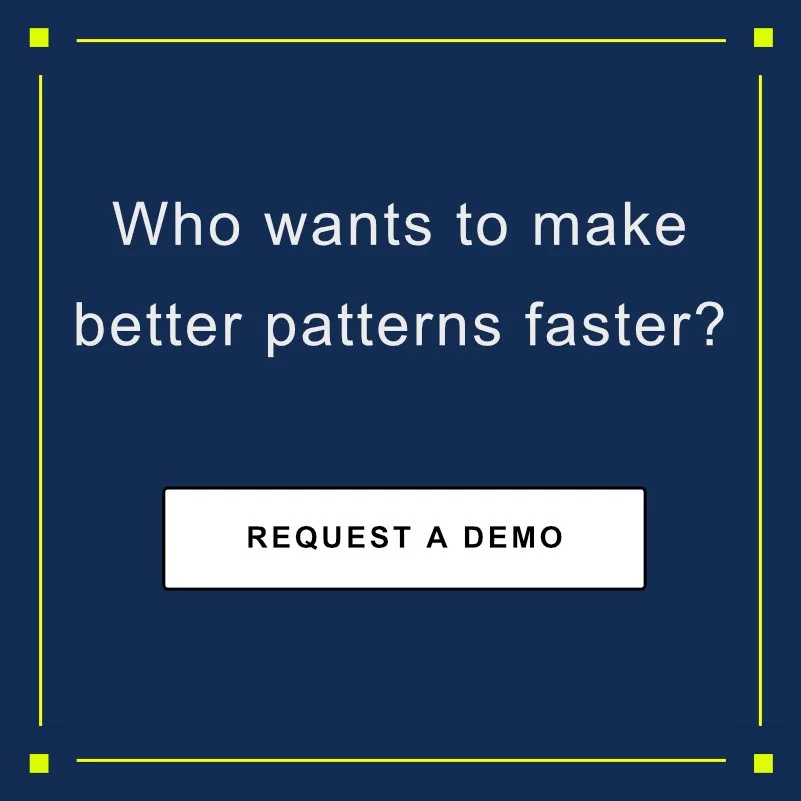Webinar:
Marine Canvas in 3 Easy Steps
If you create fabric or canvas products for the marine industry, 3D to 2D digital patterning can help do more work in less time. In this webinar, we feature Prodim Proliner device, Rhino 3D and ExactFlat 3D to 2D Digital Patterning Software. To make better marine canvas faster we only go through three steps. After capturing the geometry of the boat using the Proliner, we converted the 3D surfaces and finished by converting the 3D surfaces into 2D flat patterns.
Table of Contents
Here’s the table of contents to the “How to Create Better Marine Canvas in 3 Easy Steps” video. This video shows the 3 steps in making marine canvas. Use the links below to navigate to the section of interest or watch the entire video:
34:39 The Optimizer
34:54 Strain in the Pattern Pieces
35:41 Folds or Wrinkles
38:58 The Pattern Optimizer
43:12 Arrange Pattern Pieces
45:00 Add Notches or Alignment Markings
46:51 Trace Tool
47:25 Add Zippers and other Markings
50:07 The Difference Between Flattening with ExactFlat vs Rhino 3D
51:41 Fine Tune your Pattern using “Target Strain”
56:23 Moving a Seam
58:02 Adding Darts
59:49 Strain Map
1:02:00 Create an Export File
1:03:00 Add Seam Allowance 1:06:00 Check the Pattern Fit
1:07:00 Different Seam Allowances used for Different Pattern Pieces
1:08:00 Smooth Proliner Curves
1:09:00 Summary
0:00 Introduction
2:35 Core Workflow Steps
3:36 Big-5 Best Practices
4:30 Capture Geometry
7:05 Convert Proliner Data to 3D Surfaces
14:56 Mirror Your Geometry
16:00 Split the Line Before you Surface?
16:32 Symmetry Plane
17:47 Prepare the Surfaces for Flattening
19:50 Create a Mesh
21:05 Gap Between Meshes
21:38 Explode Mesh
30:09 Differences Between “Weld Vertices” vs “Weld”
31:01 The Adaptive Remesher
32:54 The Flattener
33:56 Arrange Pattern Pieces
34:17 1st Stage Flattening: Pre-Flatteners











































